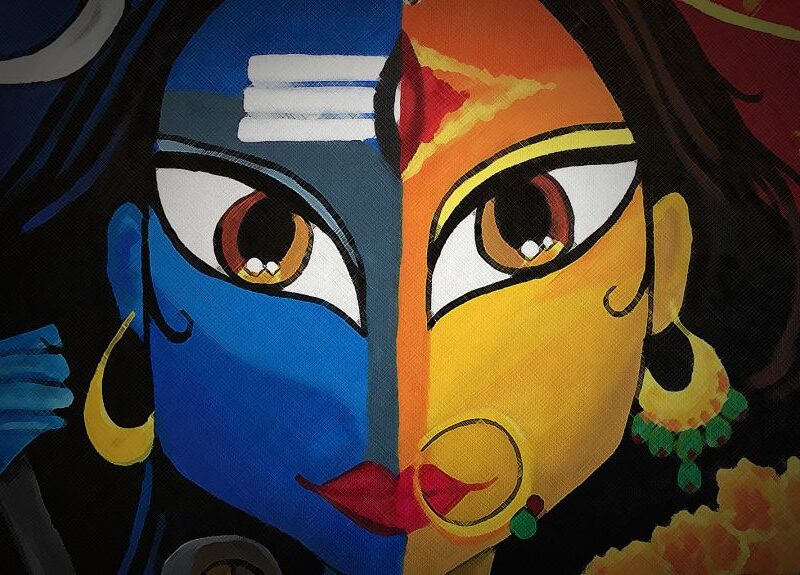
These little icons indicating “like” or “dislike” have come to drive our behavior, shape our opinions, even impact our happiness.
The idea behind the like button was to provide users a means to express their approval, enjoyment, or support of published content. It also became a tool for making money — social media giants promising the ability to influence user behavior for a price. The promise is that the like button will help people (and companies) build their brand and drive traffic to their websites. Today social media giants like Facebook estimate 1 million likes per hour, and Instagram 4.2 billion likes per day.
But what started as something benignly “social,” has wreaked havoc on social and mental well-being.
One study showed that the like button makes users more focused on their own thoughts and biases rather than actually engaging with the content. Study subjects spent more time reading articles that validated their views and spent less time reading those that contradicted their views. The like button also led to less time being spent reading any article, and subjects liking 12% of articles they hadn’t even read!
From a mental health perspective, experts warn that the like button becomes a cause of anxiety, especially for children, as a means of unrealistic comparisons with others. The number of likes a post receives is often interpreted as reflective of one’s social net or status. Both factors increase benign and malicious envy, low self-esteem, and depression for many susceptible users.
This all may seem like modern problems, but the Hindu tradition has long warned about getting fixated on likes and dislikes, and has also provided solutions to rise above both.
According to ancient Vedic teachings, there are five klesha or causes to human pain and suffering. Ignorance (avidya), ego (asmita), likes (raga); dislikes (dvesha), and fear (abhinivesha). These causes are interrelated.
Avidya, or ignorance, is the root cause of all suffering and all the other klesha. It arises from mistaking impermanent things for the permanent and taking our subjective experiences as reality. It is our forgetting that we are eternal, spiritual beings. In the social media context, nearly every aspect of it — from posting to sharing to reacting (or not reacting) — chain us to our subjective realities, sometimes working us up into a frenzy of emotional highs and lows.
Asmita, or ego/I-ness, is an extension of avidya and is the result of identifying with the mind-body complex and losing sight of our inherent divine nature. Once we become identified in this way, a barrier is created between our inner divinity and the divinity that exists in all other beings and things. We basically create a world of me and varying levels of us versus you and them. This strong sense of me, myself, and I obscures our ability to see the world as it is, thus leading us to all kinds of suffering, such as selfishness, insecurity, greed, envy, and loneliness.
Raga, or likes/attachments, arise from our primal pursuit of happiness and joy. Hindu teachings describe the nature of divinity as Sat–Chit-Ananda or Pure Pure Being-Awareness-Everlasting Joy, thus we have eternal and infinite joy within us. But as a result of forgetting this reality (avidya) combined with a sense of I-ness (asmita), we seek happiness outside of ourselves — in objects, relationships, even ideas — and become attached to them. Happiness from these people, things, and ideas is never permanent and ever diminishing. People we love disappoint or hurt us. Things bring pleasure when they’re fresh or new, but over time, we lose interest. Ideas die, come into conflict with others, or evolve.
Dvesha, or dislikes, are the flip side of raga. As much as the human impulse is to seek happiness is natural, so too is the desire to avoid suffering, and therein lies aversion — the opposite of attachment. Together raga and dvesha keep us entangled with the mundane, and block our ability to turn inwards to where happiness actually lies and suffering ends. Dvesha has us avoiding people, things, or opinions we “don’t like.” But in doing so, we miss opportunities for learning, growing, developing grit, and overcoming fear. Which brings us to…
Abhinivesha, or fear. It is the most deep seated klesha. Ultimately, it is the fear of death, but in our day to day it’s the original FOMO (fear of missing out) and anxiety of all that we cannot control, which is pretty much everything except our present thoughts, words, and actions. Rather than flowing through life in a steady emotional state that just rides the highs and lows of life, abhinivesha consumes us — it is the constant quest, which let’s be honest, is a baseline anxiety, about how we can keep getting more of what we like and want, and avoid all we don’t like. It’s also the anxiety created from trying to hold on to what we have and fear losing, and worrying about what others think.
What’s the solution? First is simply learning — learn about our true nature and how the five klesha obscure our ability to go beyond just learning to knowing who we really are. Be aware and act accordingly. We are presented with a choice at every moment — engage in paapam which is following our impulses and obsessively pursuing our likes and dislikes or engage in punya which is acting in accordance with dharma, being selfless, compassionate, forgiving, and generous. The choice is yours.
So does this all mean we have to shun social media altogether because it exacerbates the five klesha? Of course not.
There are simple things you can do. Turn off your notifications. Limit what you check. Remember everything you see on social media is not as it seems and that you are so much more than the sum total of any number of likes.
And with all this said, please do still like this post (wink-wink).







































